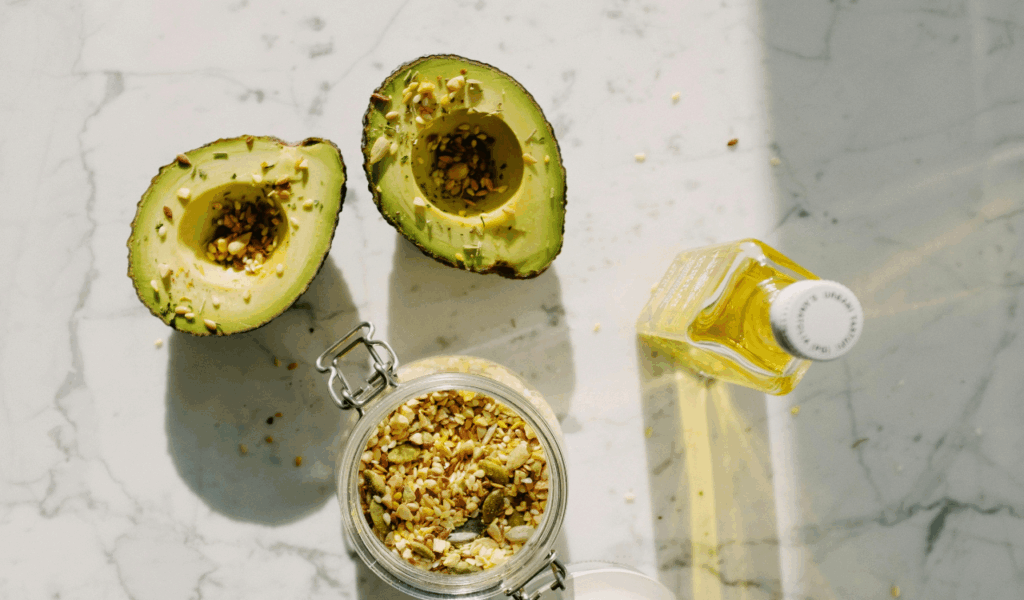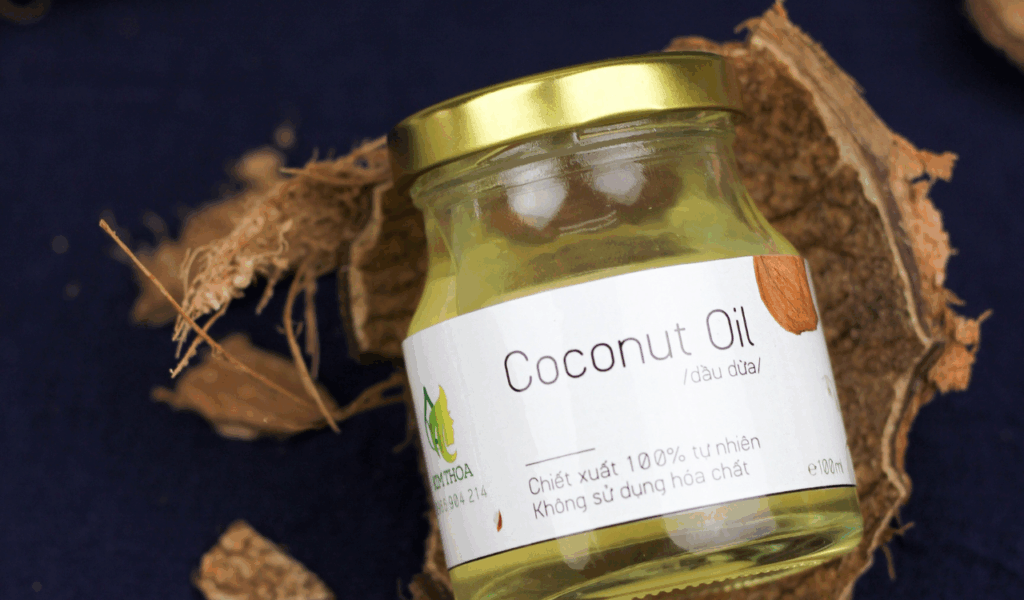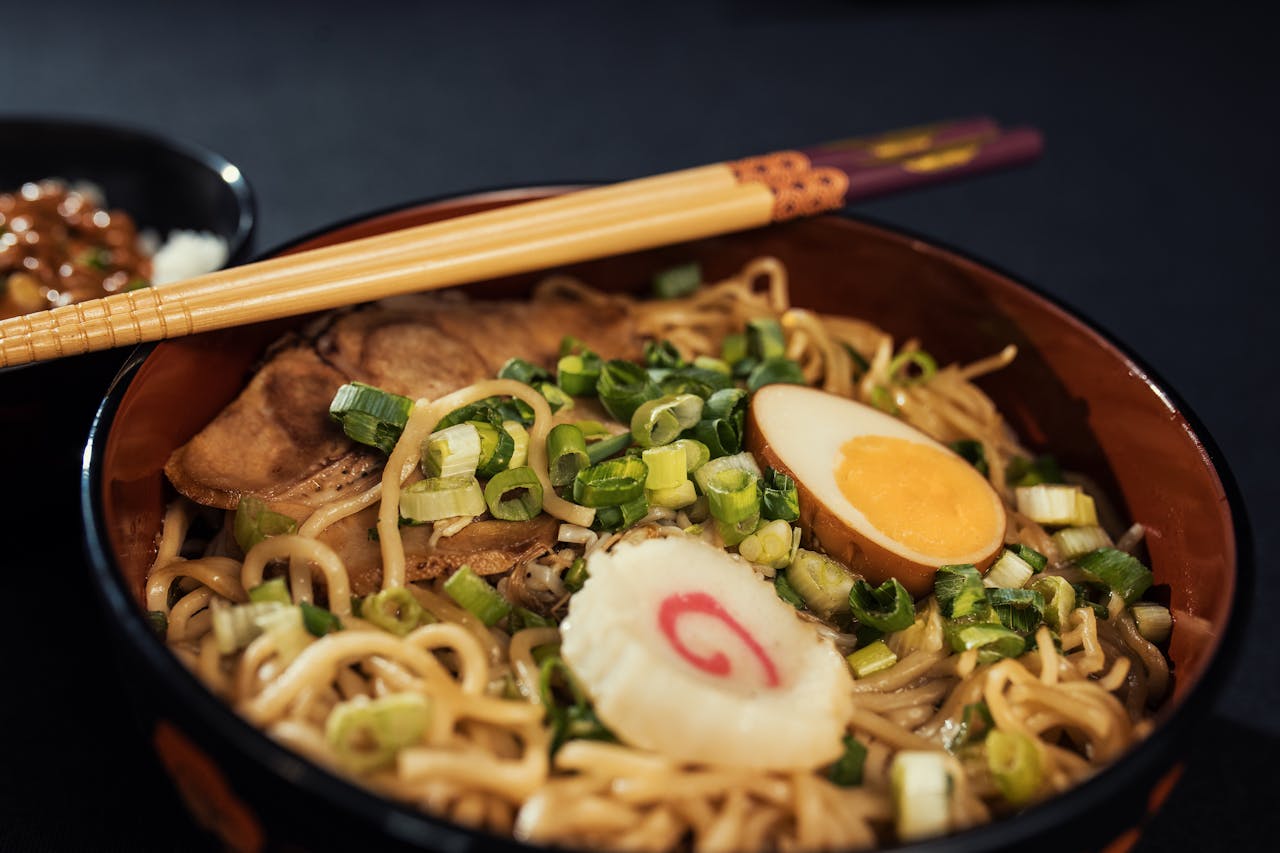9 Cooking Oils Ranked by Flavor and Best Uses

Selecting the appropriate cooking oil enhances the flavor and cooking process of food. Understanding each oil is more beneficial than just reaching for whatever is available because each one has a unique smoke point, flavor intensity, and optimal application. This list ranks nine popular oils by flavor and versatility, ranging from light options perfect for quick sautéing to richer oils that shine in dressings or finishing touches. This guide will help you match each oil to the cooking method that best utilizes its qualities.
1. Extra Virgin Olive Oil

Fresh olives give extra virgin olive oil its robust scent, natural fruitiness, mild bitterness, and peppery finish. It works best for dressing, drizzling, or cooking over low to medium heat because of its moderate smoke point. Because of its powerful flavor, it’s perfect for salads, marinades, dips, and warming up food. When used carefully, the antioxidants in this oil help maintain both taste and quality because they stay stable at moderate temperatures.
2. Avocado Oil

The mild, clean, slightly buttery flavor of avocado oil enhances almost any meal without taking center stage. It is dependable for high temperature frying, sauteing, grilling, and roasting due to its high smoke point. It works well in marinades and dressings where you want the other ingredients to be the main attraction because of its mild flavor. Its smooth flavor is retained even when used for high heat cooking or rapid searing, and its creamy undertone complements vegetables, fish, and poultry.
3. Sesame Oil

Depending on how it is prepared, sesame oil can have a warm, nutty flavor that is either light and delicate or strong and toasty. Regular sesame oil is mild enough for sauteing and stir frying, but toasted sesame oil is strong and should only be used sparingly as a finishing touch. Its taste complements steamed vegetables, rice dishes, noodles, and dipping sauces. Particularly in simple meals, a small amount of it adds depth and aroma without overpowering the dish because of its concentrated taste.
4. Coconut Oil

Coconut oil complements baked goods and warm dishes without becoming overpowering due to its mild tropical aroma and gentle sweetness. Its middle range smoke point makes it ideal for medium heat cooking and sautéing. It gives muffins, pancakes, and cookies a soft richness and moisture when used in baking. It complements vegetables, grains, and soups in savory recipes. It is helpful in a variety of culinary circumstances because its flavor remains pleasant and smooth.
5. Peanut Oil

Peanut oil is perfect for deep-frying and high-heat applications because of its mildly nutty flavor and high smoke point. Fried foods crisp up without absorbing too much oil thanks to its clean taste. It is frequently used for quick stir-frying and large batch frying because it stays stable at high temperatures. It has a slight nutty flavor, but it doesn’t overpower the food, letting the flavors of the ingredients take center stage. It complements lean proteins and vegetables well.
6. Sunflower Oil

Because sunflower oil has a bright, clean profile and is almost flavorless, it works well in recipes where you don’t want the oil to overpower the flavor. It can be used consistently for roasting, frying, sautéing, and baking due to its medium to high smoke point. It is frequently used in recipes with delicate flavors, like light batters and straightforward sautéed vegetables, because of how neutral it is. It is helpful for regular cooking techniques because it helps ingredients brown uniformly without adding aroma.
7. Canola Oil

Canola oil is a dependable all-purpose option for both sweet and savory cooking because of its neutral flavor and subtle earthy undertone. It can be used for baking, grilling, sautéing, and frying due to its medium high smoke point. It is commonly used in marinades, dressings, and baked goods where a delicate texture and well-balanced consistency are crucial because it doesn’t compete with other ingredients. It is useful for everyday cooking needs because of its smooth flavor, which keeps meals light.
8. Grapeseed Oil

Because of its clean, light, and nearly undetectable flavor, grapeseed oil lets other flavors shine through. It can be used for shallow frying, roasting, and sautéing due to its medium-high smoke point. Because it blends smoothly without leaving a strong aftertaste, it is also frequently used in homemade mayonnaise and salad dressings. Its neutral profile is ideal for delicate foods that need to be evenly browned, such as fish and vegetables. It is a practical choice in many kitchens because of its adaptability.
9. Vegetable Oil

Usually derived from a combination of plant-based sources, vegetable oil has one of the most neutral flavors. Because of its medium-high smoke point, it performs reliably and consistently when frying, baking, sauteing, and roasting. Because it adds moisture without flavor, it is frequently used in baked goods. It allows the main ingredients to shine while providing uniform cooking and browning in savory dishes. It is a practical daily essential due to its simplicity.





